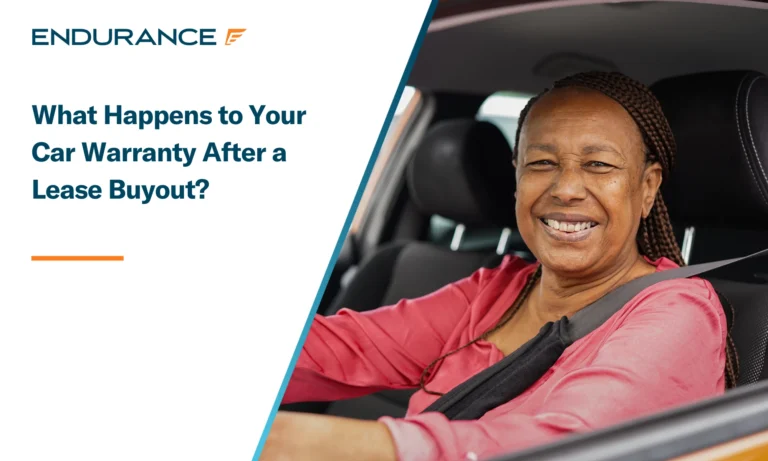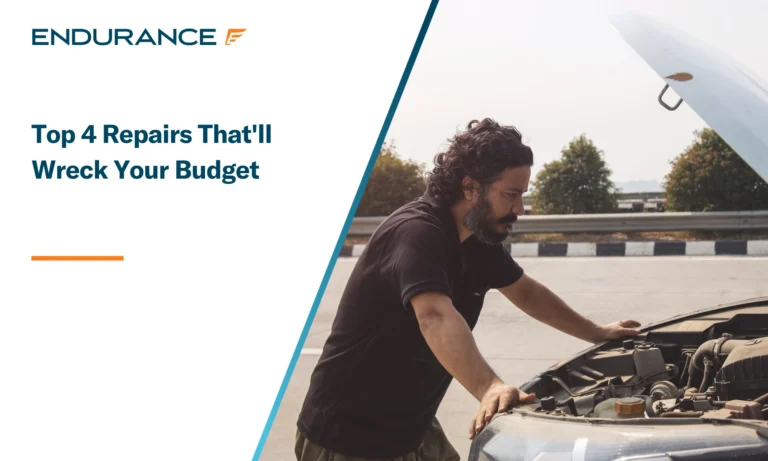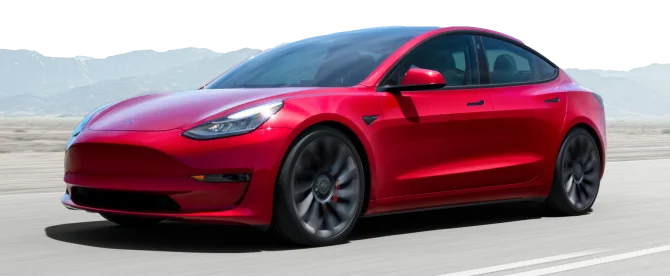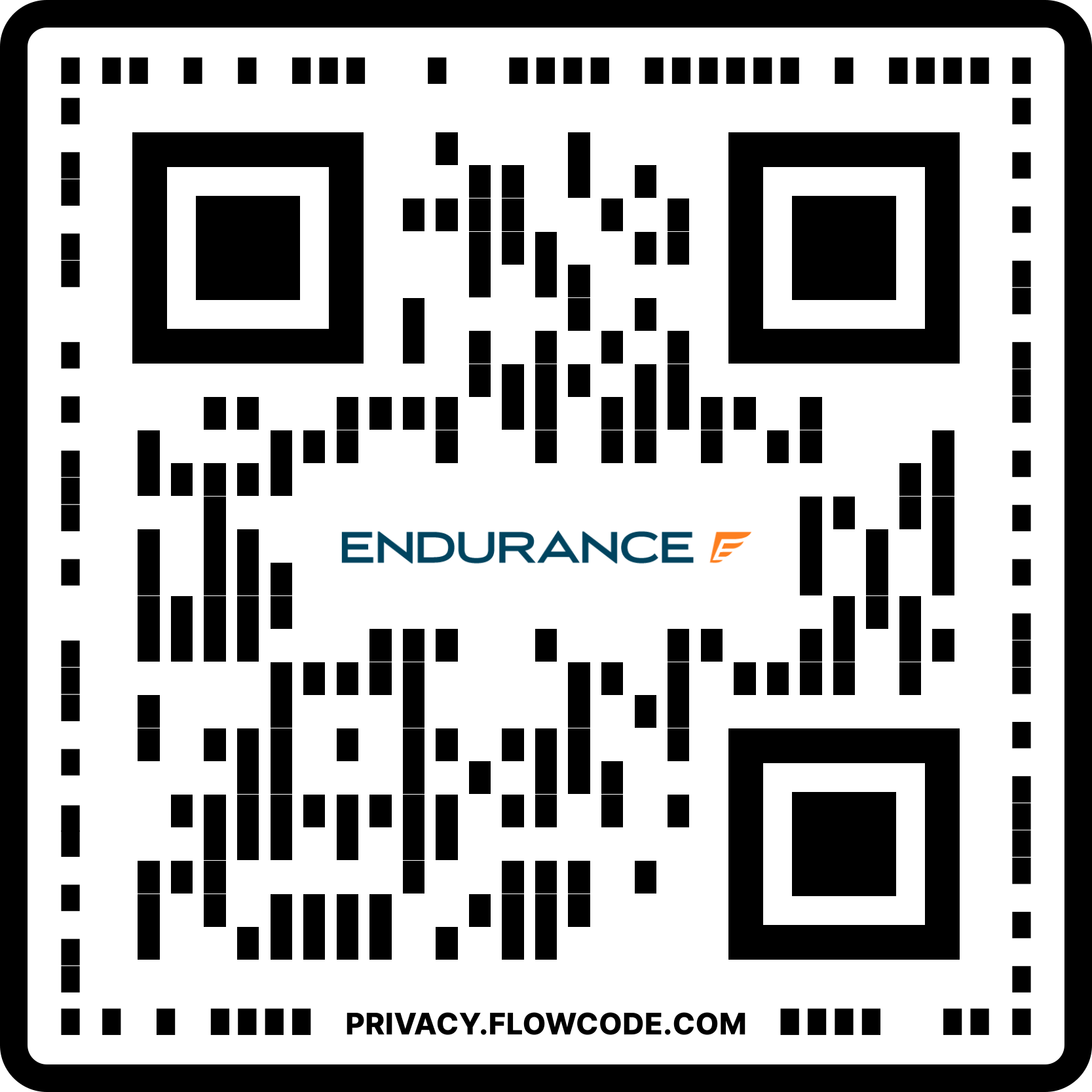Is “Bumper-to-Bumper” Really Everything? What the Term Usually Means for Car Warranties

The phrase “bumper-to-bumper warranty” may sound like it means absolutely every part of your car is protected, but in reality, there are always certain exclusions, limits, and conditions. Many manufacturers and providers use the term in marketing materials, but a closer examination of the actual contract may reveal exclusions commonly found in many plans, such as wear-related items, glass, cosmetic components, or maintenance services.
To understand what a bumper-to-bumper warranty does and doesn’t cover for a used or new car, it’s essential to compare marketing claims with the actual contract terms. In this guide, we’ll cover what buyers should know, how to identify gray areas (such as ADAS calibration, diagnostics, consequential damage, or labor-rate caps), and how Endurance Warranty’s plans are structured to offer broad protection options.
Marketing Language vs. Contract Language
“Bumper-to-bumper” is a commonly used marketing term rather than a formal legal definition. The first time you encounter it will most likely be in your vehicle’s factory warranty or powertrain warranty, where the bumper-to-bumper section of the warranty is designed to cover many major components of the vehicle for a limited period—on average, three years or 36,000 miles traveled (whichever comes first).
That coverage sounds fantastic if you take it at face value, but taking a look into the terms of your contract will reveal the not-quite-as-comprehensive truth. Even within manufacturer warranties, no contract covers everything, like cosmetic repairs, glass, wear items, and more. When you’re combing through the specifics, look for a clear mention of wear-and-tear exclusions, maintenance items, consequential damage rules, or labor-rate caps. These provisions help clarify how coverage applies in different situations. When you know them up front, there’s less potential for surprises later down the line.
Remember: marketing materials are designed to highlight benefits, not limits. So when a brochure or website might use phrases like “comprehensive coverage” or “peace of mind from bumper to bumper”, just keep in mind that no contract covers everything. When extended car warranties or auto protection plans may have different or additional exclusions compared to factory warranties. That’s why the smartest approach is to see marketing as the headline, but the contract as the real story.
Common Exclusions Shoppers Overlook
Some warranties are much more generous than others, but even they leave out certain types of items. The most common ones include:
- Wear-and-tear exclusions: Parts like brake pads, wiper blades, tires, filters, and belts are almost never covered. They’re expected to wear out as part of normal driving, so warranties make them the driver’s responsibility.
- Maintenance items: Oil changes, tire rotations, spark plugs, and fluid flushes are all classed as routine upkeep. Some extended warranties or auto protection plans (like Endurance’s Advantage package) now offer allowances toward maintenance, but they’re still the exception.
- Cosmetic or glass damage: Warranties focus on mechanical or electrical systems, not appearance. So you can expect chips in the paint, dents in the body, upholstery tears, or cracked windshields to be excluded. That means a dented fender or torn seat is usually something you pay for yourself or file under insurance.
- Consequential damage: When one failure goes on to cause another (like a cooling system leak causing engine overheating), some plans won’t pay for the secondary damage. This clause is worth clarifying with a salesperson or customer service rep to properly understand how your plan handles these kinds of situations.
- Accident or outside events: Garantías de automóviles or vehicle service contracts are different from auto insurance and cover separate types of repairs. Anything related to a crash, theft, vandalism, or natural disaster is always left to your insurance company.
Some drivers may be surprised to learn these items fall outside typical coverage. However, exclusions don’t mean coverage is worthless. If you expect them and plan for them, you can still come away with strong used car protection.
The Gray Areas: Diagnostics, Fluids, Software, and Calibrations
As with anything, there are some situations that fall into a bit of a gray zone where coverage will depend on your specific protection plan. Take these, for example:
- Diagnostic coverage: Your auto shop will need some time to figure out the issue before any mechanics can fix it. Some plans may contribute toward diagnostic time when associated with a covered repair. For example, plenty of Endurance’s plans include diagnostic services when they’re needed for a covered component.
- Fluids and software updates: Most plans don’t include any form of maintenance coverage, so oil, coolant, and transmission fluids won’t be covered. You might find that software updates are covered while your factory warranty is in place, but extended contracts sometimes exclude them. With more vehicles relying on software, it’s smart to ask upfront whether updates or reprogramming are covered.
- Calibración ADAS: Modern cars are often equipped with Advanced Driver Assistance Systems like cameras, radar sensors, or lidar. If their parts ever need replacing, they require calibration if they’re going to work correctly. Some warranty plans will cover the sensor hardware itself, but not the calibration. And since calibration can cost hundreds of dollars, it’s helpful to confirm whether your contract includes this.
The takeaway: Gray areas are where confusion often happens. The solution is simply asking questions until the answer is clear and in writing.
Labor-Rate Caps, Parts Sources, and Claim Limits Explained
In your warranty contract’s fine print, you’ll often find a section that relates to costs rather than coverage. This will include:
- Labor-rate caps: Some vehicle service contracts only pay up to a certain hourly labor rate. If your shop charges more, you may owe the difference. Since shop rates can vary widely by region, a labor-rate cap matters more than most people realize.
- Parts sources: Whether the plan uses OEM parts, aftermarket, or remanufactured components can affect both repair quality and cost. If a plan allows only aftermarket parts and you prefer OEM, that difference could mean out-of-pocket costs for you.
- Mileage and duration limits: Factory warranties usually run about three years/36,000 miles, while some brands stretch to five years/60,000 miles. Extended service contracts often go further, sometimes up to 200,000 miles, but longer-term contracts may include additional conditions—and the more you can expect to pay.
- Deductibles and claim limits: Most contracts include a deductible for each repair visit (for example, $0 to $200). Some also put a cap on total payout over the life of the contract. While that cap is usually high, it is still smart to know the number.
In short, you want to look not just at what is covered, but also how much your warranty provider will pay for it.
Simple Coverage Matrix: Usually, Sometimes, Rarely
Here’s a quick way to picture what most bumper-to-bumper style plans actually cover:
| Item | Usually covered | Sometimes covered | Rarely or never covered |
| Engine, transmission, drivetrain | ✓ | ||
| Electrical systems | ✓ | ||
| Steering, suspension | ✓ | ||
| Heating and A/C | ✓ | ||
| Safety systems | ✓ | ||
| ADAS sensors/calibration | ✓ | ||
| Diagnostic fees | ✓ | ||
| Fluids, belts, filters | ✓ (unless plan includes maintenance benefits) | ||
| Tires, brake pads, wipers | ✓ | ||
| Cosmetic damage or glass | ✓ | ||
| Consequential damage | ✓ |
This table illustrates common patterns seen across many types of plans, though specifics vary by automotive warranty provider.
How to Verify Coverage Before You Sign
Before you put pen to paper and commit to that contract, it’s worth running through these steps:
- Ask to see the full contract. Don’t settle for a brochure. The important details live in your contract.
- Go through the exclusions line by line. Expect wear-and-tear components plus other maintenance items to be excluded, but ask about ADAS calibration, diagnostic coverage, and consequential damage rules.
- Then check labor rates and parts rules. What’s the hourly cap? Are OEM parts allowed?
- Understand deductibles and repair shop options. Will you have the flexibility to Elige tu mecánico, or are you required to use a specific shop/dealership?
- Add up any perks. Does the provider give you extra value for money with benefits like rental car coverage, roadside assistance, and trip interruption protection?
- Ask about transferability. If you plan to sell your vehicle down the line, having a transferable contract can boost resale value.
- Do the math. Weigh the cost of coverage against potential repair bills. For example, if a single transmission replacement could cost $4,000 or more, coverage is most likely worth the added peace of mind.
By following this list, you’ll make sure your plan matches your needs instead of exposing you to potential pitfalls.
Endurance Warranty Coverage Up Close: What We Offer (and Why It Matters)
Endurance designs its auto protection plans to help provide clarity and flexibility long after their factory warranty has ended. Once your manufacturer’s bumper-to-bumper coverage expires, our vehicle protection plans take over once factory coverage ends, offering protection tailored to your vehicle, driving habits, and budget. We want you to feel confident on the road, no matter how many miles are behind you.
We also know that everyday expenses matter. While certain wear items like tires and brakes are excluded from standard contract terms, our Beneficios de élite can help offset those costs with perks such as tire repair or replacement, windshield repair, and even key fob protection.* Better yet, all of our plans include useful services like Asistencia en carretera 24 horas al día, 7 días a la semana, rental car coverage, and trip interruption support as standard.
Because we act as the direct administrator of our plans, you don’t have to deal with confusing layers of third parties when it comes time for a repair. That makes questions about labor-rate caps, parts sourcing, or repair shop approval much simpler, and helps ensure your claims process is as smooth and straightforward as possible.
Every protection plan includes exclusions and limits, but our goal is to offer strong coverage options with clear terms and helpful benefits.
Extended Protection You Can Rely On
“Bumper-to-bumper” coverage isn’t quite as all-inclusive as it might sound. It’s broad, but it excludes wear-and-tear parts, maintenance items, cosmetic fixes, and other similar expenses. Understanding these exclusions, along with limits such as labor-rate caps, calibration costs, or claim maximums, will help you set realistic expectations, plan ahead for possible expenses, and avoid frustration later on. Being informed before you sign the paperwork is the best way to make sure you feel confident about whatever protection you are purchasing.
At Endurance, our planes de protección de automóviles are designed to support drivers with long-term protection options once factory coverage ends. We focus on transparent terms, customizable options, and a wide range of helpful extras all aimed at keeping you on the road longer, safer, and with fewer unexpected repair costs.
To speak directly with an Endurance plan advisor about which of our packages may be the right fit for your vehicle, give us a call at (800) 253-8203 o solicitar una Cotización Gratis. Tú también puedes ver tu precio y recomendaciones de planes de inmediato a través de nuestra tienda en línea.
Plus, for more articles on warranty terms, cost saving, and even unreliable vehicles to avoid, head on over to our Blog de garantía extendida.













Chris lleva cubriendo la industria automotriz y temas que van desde viajes por carretera hasta tecnología de autos sin conductor durante aproximadamente 10 años. Su preferencia personal son los 4x4 retro que resistan un terreno fangoso en el campo.